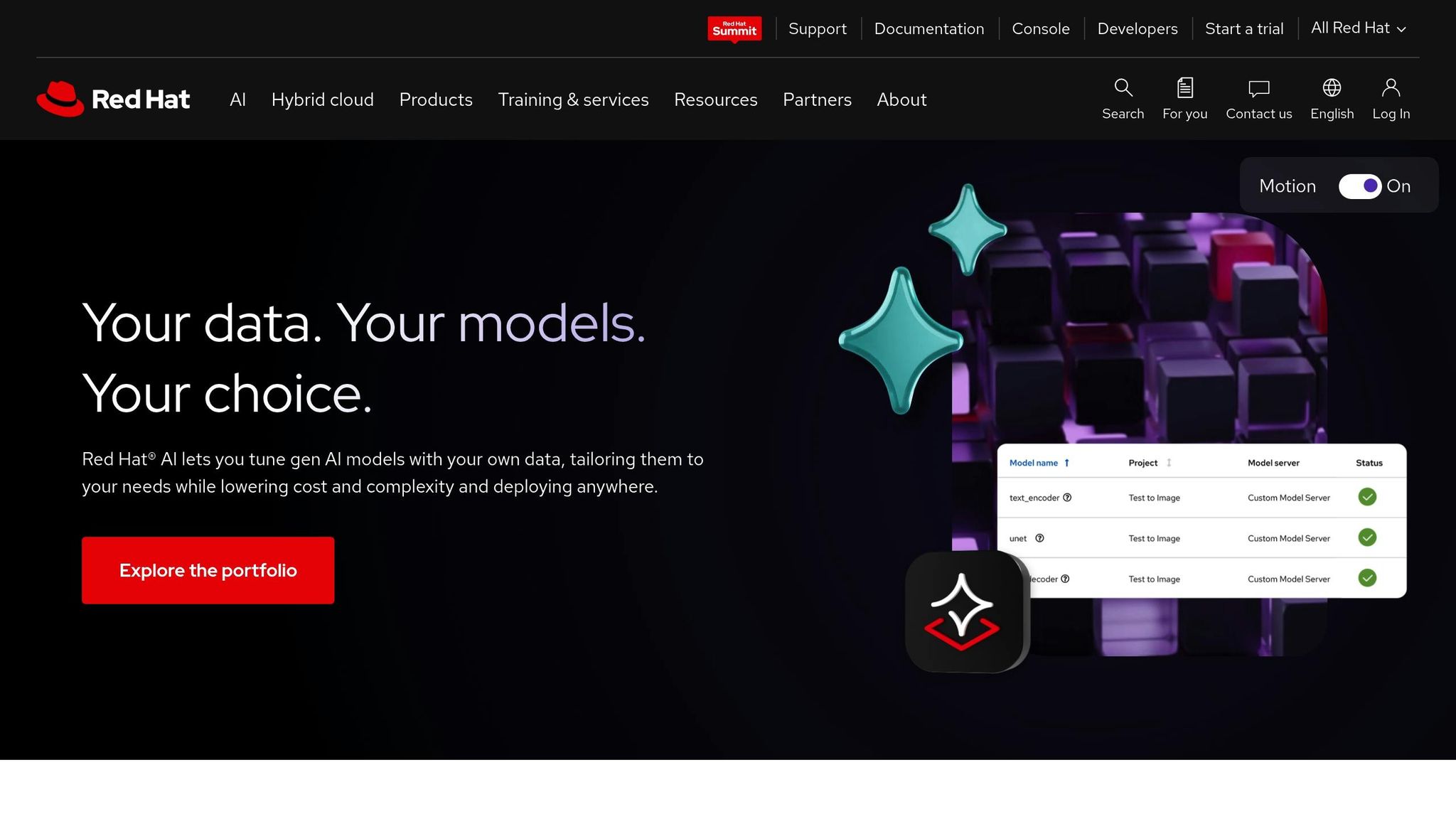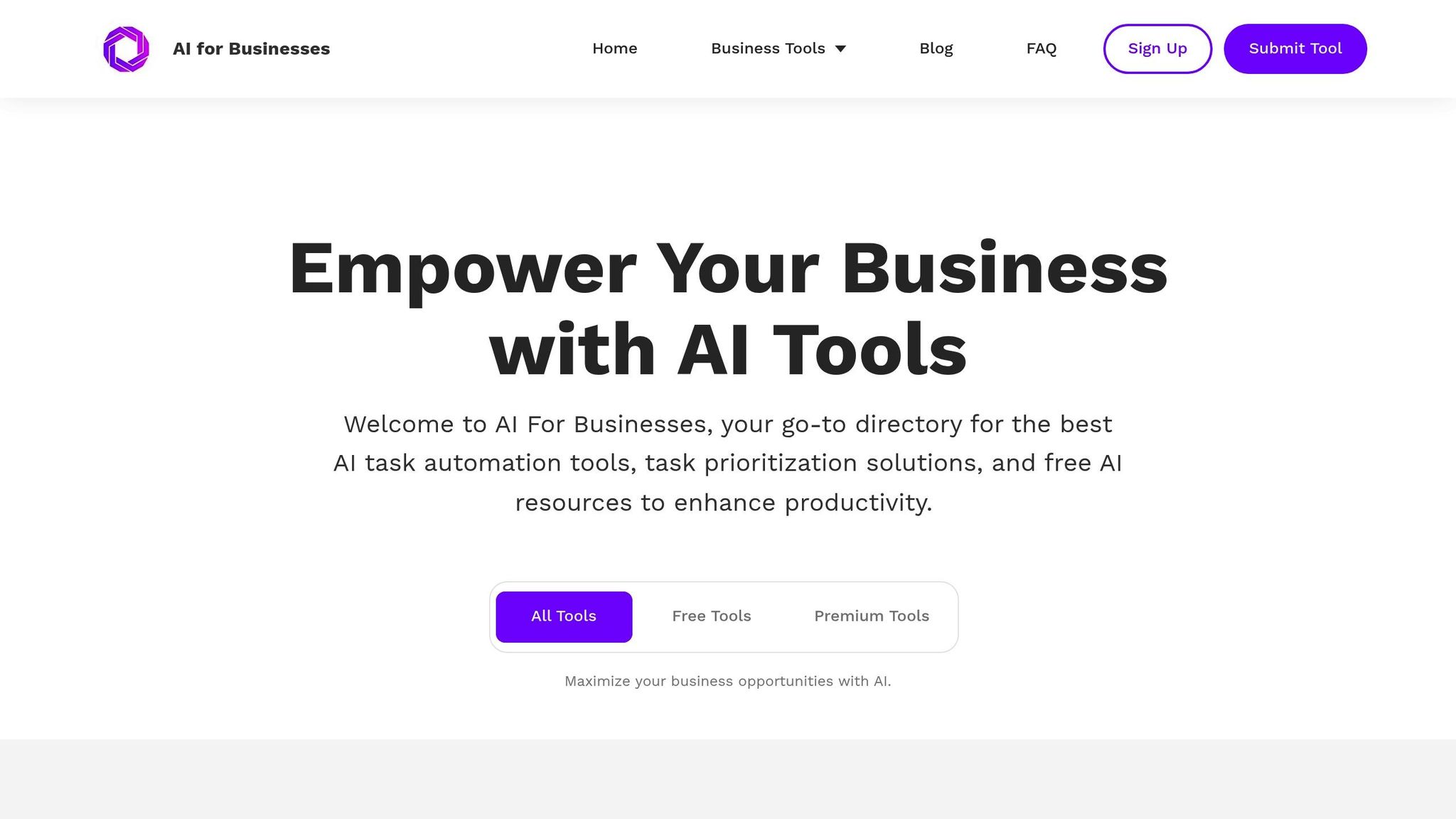Want to stay compliant while managing real-time cloud integrations? Here's how:
- Monitor Continuously: Use tools like Cloud Security Posture Management (CSPM) to detect issues and track compliance in real time.
- Clarify Responsibilities: Understand the shared responsibility model between your business and cloud providers to avoid compliance gaps.
- Stay Updated: Adapt quickly to changing regulations like GDPR or HIPAA.
- Leverage AI: Automate compliance checks, detect risks, and streamline reporting with AI-powered tools.
- Create Policies: Define clear data management rules, access controls, and incident response plans.
- Collaborate Across Teams: Build a compliance working group and use shared dashboards for better coordination.
Quick Tip: Use automated tools for tasks like data classification, audit logging, and anomaly detection to save time and reduce risks.
These strategies simplify compliance, reduce penalties, and ensure data security in complex multi-cloud environments.
Compliance, security automation, and remediation with Red Hat

Common Compliance Challenges
Real-time cloud integration comes with a host of compliance challenges that require clear strategies to address. Below, we break down key issues and practical ways to navigate them.
Cloud Provider vs Business Responsibilities
In cloud computing, the shared responsibility model often leads to confusion about who handles what. Generally, cloud providers manage the infrastructure, while businesses oversee data governance, access controls, and compliance at the application level.
Defining these roles clearly helps avoid compliance gaps:
| Responsibility Area | Cloud Provider Responsibilities | Business Responsibilities |
|---|---|---|
| Physical Infrastructure | Secures and maintains the infrastructure | No direct oversight |
| Network Controls | Provides basic firewall configurations | Implements custom security measures |
| Data Management | Limited involvement | Full responsibility for data handling |
| Access Management | Offers platform-level tools | Manages user roles and permissions |
| Compliance Documentation | Supplies certifications for infrastructure | Ensures overall compliance documentation |
Changing Regulations
Regulations are constantly evolving, and businesses must stay updated to ensure compliance. Failing to adapt quickly can lead to penalties or security vulnerabilities.
Multi-Cloud System Management
Using multiple cloud platforms adds another layer of complexity. Hybrid and multi-cloud systems introduce challenges such as:
- Data sovereignty concerns: Different regions have varying requirements for data storage and processing.
- Inconsistent security protocols: Each cloud provider follows its own standards, making uniformity difficult.
- Audit trail discrepancies: Maintaining consistent logs across platforms can be tricky.
Implementing strong compliance frameworks can help maintain data security and integrity across these diverse environments.
Steps for Cloud Integration Compliance
Tackling earlier challenges requires clear technical actions.
Setting Up Monitoring Systems
Effective monitoring systems are key to maintaining compliance in real time. Tools like Cloud Security Posture Management (CSPM) solutions continuously monitor your cloud infrastructure to detect and address compliance issues before they become major problems.
Here are the main elements of a good monitoring system:
| Component | Purpose | Implementation Focus |
|---|---|---|
| Alerts | Notify immediately about compliance violations | Configure alerts for unauthorized access, breaches, and policy infractions |
| Audit Logging | Keep a detailed record of system activities | Monitor user actions, system updates, and data access patterns |
| Performance Metrics | Track system health and compliance impact | Measure response times, data processing speeds, and resource usage |
| Compliance Dashboard | Provide a centralized compliance overview | Display compliance scores and adherence status |
These components work together to deliver a real-time view of your compliance status.
Meeting Regulatory Standards
Align your cloud provider's features with the regulations that apply to your industry. For industries with strict rules, focus on these key compliance actions:
- Data Classification: Use automated tools to categorize sensitive data based on regulatory requirements.
- Geographic Data Residency: Ensure data is stored in regions that meet local laws, such as HIPAA in the U.S. or GDPR in the EU.
- Access Control: Implement role-based access control (RBAC) to restrict access while maintaining operational efficiency.
Once these standards are addressed, advanced tools can make compliance management even easier.
Using AI for Compliance
AI can process large amounts of data in real time, helping you identify compliance issues more quickly and efficiently.
| AI Capability | Compliance Use | Benefits |
|---|---|---|
| Pattern Recognition | Detect unusual access behavior | Catch potential security issues early |
| Natural Language Processing | Review compliance documents | Automate policy updates and documentation |
| Predictive Analytics | Anticipate compliance risks | Manage and reduce risks proactively |
| Automated Reporting | Create compliance reports | Save time and improve accuracy |
AI tools can automatically scan for violations in your cloud setup and recommend fixes, cutting down on manual work.
When integrating AI for compliance, prioritize:
- Automated enforcement of policies
- Ongoing compliance monitoring
- Risk identification and forecasting
- Streamlined reporting and documentation processes
sbb-itb-bec6a7e
Compliance Maintenance Guidelines
Creating Company Policies
Develop policies that align your operations with regulatory requirements. Use the following framework to organize your policies:
| Policy Area | Focus Area | Review Frequency |
|---|---|---|
| Data Classification | Define sensitivity levels and handling rules | Quarterly |
| Access Management | Set role-based permissions and authentication | Monthly |
| Incident Response | Outline steps for handling compliance breaches | Semi-annually |
| Audit Procedures | Detail compliance-checking processes | Monthly |
When drafting these policies, make sure they:
- Address all necessary compliance standards
- Include enforcement measures
- Clearly assign responsibilities
- Provide actionable, step-by-step instructions
- Specify regular review schedules
Once policies are in place, focus on enforcing them through well-organized team collaboration.
Team Coordination
Effective compliance relies on teamwork across departments. Build a unified strategy by:
- Forming a Compliance Working Group with members from IT, Security, and Legal teams
- Using shared dashboards for tracking compliance in real time
- Holding regular cross-department meetings to discuss compliance updates
- Defining clear escalation paths for addressing any issues
To ensure smooth operations, establish a compliance responsibility matrix like this:
| Team | Main Responsibility | Supporting Role |
|---|---|---|
| IT Operations | Handle technical setup | Assist with incidents |
| Security | Conduct risk assessments | Enforce policies |
| Legal | Interpret regulations | Help draft policies |
| Compliance | Provide overall oversight | Coordinate training |
Keep a record of all communications and decisions to maintain accountability and transparency.
Compliance Tools and Systems
Effective tools play a key role in ensuring compliance during real-time cloud integration. These technologies rely on established monitoring practices and regulatory standards to simplify the compliance process.
Stream Processing for Data Analysis
Stream processing tools help analyze and manage data in real time. Key features include:
| Feature | Purpose | Compliance Benefit |
|---|---|---|
| Real-time Validation | Checks data against compliance rules | Detects issues as they occur |
| Automated Logging | Records all data access events | Creates a complete audit trail |
| Pattern Detection | Identifies suspicious patterns | Provides early warnings of breaches |
| Data Masking | Obscures sensitive information | Secures data during transmission |
Data Change Tracking
Change Data Capture (CDC) tools monitor database changes to support accurate compliance reporting and auditing. These tools track:
- Modifications to sensitive data
- Access patterns, including who accessed data and when
- System updates, such as changes to security settings or permissions
- Compliance-related events, with automated documentation of regulatory checks
For instance, in March 2023, Mailchimp's client Spotify used a new Email Verification API to clean a 45-million subscriber database. This update led to a 34% increase in email deliverability.
Incorporating AI into these tools enhances their ability to track and analyze compliance-related data.
AI for Businesses

AI for Businesses provides compliance monitoring solutions tailored for small and medium-sized enterprises as well as growing companies using cloud systems. The Pro plan includes features like:
- Automated compliance checks for real-time data streams
- AI-powered anomaly detection to improve security monitoring
- Continuous validation of regulatory requirements
- Customizable dashboards for compliance reporting
These tools allow businesses to stay compliant without needing large technical teams or specialized expertise.
Summary
This section highlights the key strategies for staying compliant with real-time cloud integration requirements.
Maintaining compliance requires a mix of technology, clear policies, and active human oversight to keep up with evolving regulations.
Compliance revolves around three main areas:
- Monitoring and Analysis: Use advanced monitoring systems, such as AI-powered tools, to track data flows, detect security issues, and identify compliance breaches in real time. Continuous validation tools ensure adherence to regulations.
- Policy Framework: Develop clear internal policies that align with regulatory standards. This includes working with certified cloud providers, outlining data handling protocols, and keeping thorough documentation.
- Team Collaboration: Success depends on teamwork between compliance, IT, and business units. Regular training and effective communication ensure everyone knows their responsibilities in maintaining compliance.
AI plays a big role by automating checks, spotting irregularities, and creating detailed reports, which reduces the need for manual work. This is especially useful for organizations managing complex multi-cloud environments.
Key areas to prioritize include:
- Automating validation tasks
- Keeping detailed audit trails
- Using predictive analytics to identify risks early
These strategies help organizations stay aligned with regulatory requirements.


